
SOUTH OKANAGAN, B.C. — I find myself riding shotgun with Donald Triggs in a big honkin’ bright white 4X4 with my nervous-looking sister Kim and her partner Frank sharing the backseat with Barry, a rather well-behaved dog and constant companion of the winery owner.
Triggs is talking a mile a minute as we slowly begin our climb to the highest point in the new Culmina Family Estate Winery on the Golden Mile Bench in the South Okanagan Valley. It is a slow ascent, I don’t think we ever got out of first gear, as Triggs stops at row after of his new vineyard and points to the narrow, high density plantings. He tells me they are planted at 2,044 vines per acre, with the vines planted every 1.1 meters, in rows 1.8 meters apart.
Special narrow-width equipment was imported from Europe to accommodate the narrow design, whose purpose was to increase competition amongst the vines, forcing the roots to dig deeper into the sub-soils for water and nutrients.
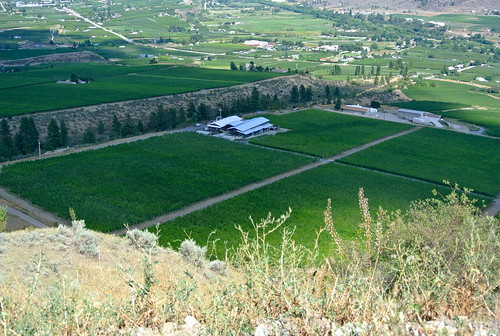
By comparison, most vineyards in the Okanagan are typically planted at a ratio of 900 to 1,500 vines per acre. In addition, the vines were planted in a unique diamond pattern to more evenly space the distance between each vine. By planting vines equidistant from one another, the vines’ root development and health could be maximized.
For Triggs, a notable wine industry figure most known as the former chief of Vincor Canada, this is his big dream of crafting iconic wines from Canadian soil and, today, on Aug. 23, Triggs and his family swung open the doors to his winery to the public for the first time.

I was fortunate to have a preview of the vineyards, the winery and the first wines being released during a trip to the Okanagan two weeks ago on the condition that I not write about it until after the opening.
Culmina is the culmination of a lifetime of work and study in the wine industry for Donald and Elaine Triggs. A champion of the Canadian wine industry, Donald Triggs set out to build a family operated winery, a vision that both he and his wife shared. Their daughter Sara, who is experienced in the wine industry and carries a Masters in Wine Business, naturally joined in this family adventure in 2012 and manages the sales and marketing of the business.
After two years of meticulously researching sites, collecting detailed temperature data and conducting water retention and soil analysis studies with Alain Sutre, a Bordeaux-based expert in site selection and winemaking, the ideal terrain was found and acquired on the Golden Mile Bench in the South Okanagan Valley.
Separated into three distinct sites, the property is composed of Arise Bench, Stan’s Bench (in honour of Elaine’s father), and Margaret’s Bench, one of the highest in the Okanagan, a tribute to Don’s mother.
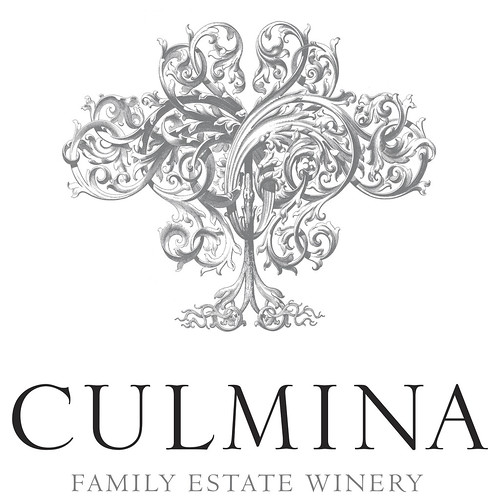 Their legacy covers over 100 acres, of which 56 are cultivated with 2,044 quality vines planted per acre.
Their legacy covers over 100 acres, of which 56 are cultivated with 2,044 quality vines planted per acre.
Bordeaux varietals were the main driving force that led to the selection of the Okanagan property, luring classically trained winemaker Pascal Madevon (formerly of Osoyoos Larose and pictured above) to join the Triggs family in their venture. With over 20 years of winemaking experience in Bordeaux and the South Okanagan, Madevon plays an integral role in the development of Culmina wines.
His first creation is a Bordeaux style blend named Hypothesis, which consists of Cabernet Franc, Merlot and Cabernet Sauvignon. Other varietals include Chardonnay, Riesling and the first Gruner Veltliner to be planted in the Okanagan.
On opening, Culmina released Hypothesis, the Bordeaux blend, a Chardonnay named Dilemma, and a rosé in the Saignée style. Next year will see the release of the Gruner Veltliner and Riesling.
The winery uses leading technology in every step of the wine making process. During the planting stage, special narrow width equipment was imported from Europe to accommodate the narrow row spacing, which helps to increase competition amongst the vines, forcing the roots deeper into the sub-soils for water and nutrients.
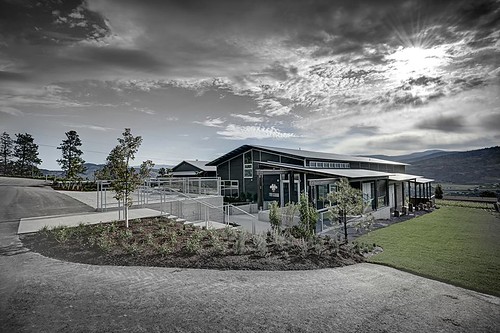
The state of the art Ranch System was also installed, which utilizes solar powered, real time, wireless technology that allows the vineyard manager to control the irrigation on each micro-block and to monitor soil moisture and evaporation levels remotely with a mobile app.
Triggs also employ the first Oscillys destemmer in Canada. This advanced machine uses a gentle oscillating gravity flow process, which removes solids and prevents undesirable stems from entering the fermentation tanks without breaking the delicate grape skins.
The winery is only accepting guests by appointment to ensure that everyone has a highly personal and one-of-a-kind experience with an opportunity to truly discover the newly developed estate, its wines, and their stories.
The tasting room, which wasn’t completed during my visit, features a south facing glass wall that illuminates the space with natural light and leads onto a patio that stretches over the highest point of the estate, overlooking Arise Bench.
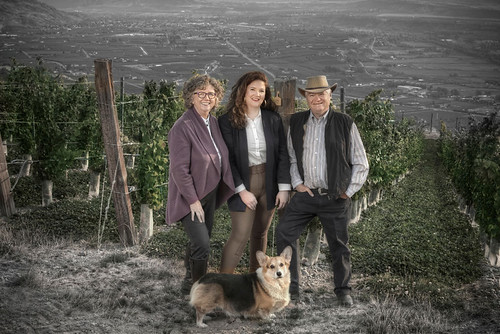
To book a personal visit, go to the website here. Bookings can also be made via the winery’s Facebook page here.
WINEMAKING PHILOSOPHY

Triggs’ ultimate goal is to make wines that fully express the most desirable characteristics of the varieties planted, and the uniqueness of each block of terroir; wines that are elegant, rich, intensely flavoured, and capable of long term cellaring. The winemaking process is guided at every stage by two key principles: Gentle handling of the fruit and minimal intervention.
The winery was designed with gravity flow principles in mind. As such, from the time the grapes arrive at the receiving area to when the finished wine is bottled, gravity is used instead of mechanical means to transfer must, juice, and wine throughout the winery, thereby keeping mechanical intervention to a minimum.
An example of this occurs when gravity flow is used to transfer grape must into fermentation tanks instead of using must pumps, thereby preventing large solids from forming in the fermentation tank.
The winery was also designed to guarantee that all of the vineyard’s fruit is picked at optimum maturity. This is achieved by ensuring that the winery was designed with sufficient fermentation capacity, or enough tanks to designate a single fermentation per tank, per vintage. Fermentation takes place in jacketed temperature-controlled conical shaped stainless steel tanks imported from France. These tanks, similar in shape to the traditional wooden tanks historically used in Europe, create better flow between the juice and the cap during fermentation, moderating the reliance on mechanical means to extract colour and flavour from the cap.
PRESSING AND MATURATION
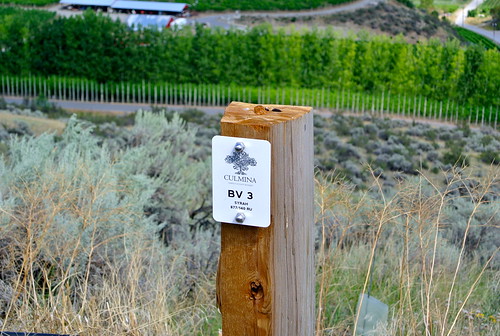
The Chardonnay wines are whole bunch pressed and then gravity fed into carefully selected French oak barrels for fermentation, and left for up to an additional year to mature. The red varietals are pressed using a traditional basket press to gently extract the juice. The resulting wines are then gently moved into barrels with a gravity flow process that again improves the quality of the wines by eliminating the need for mechanical pumps.
CUSTOM SELECTED FRENCH OAK
BARRELS FOR MATURATION
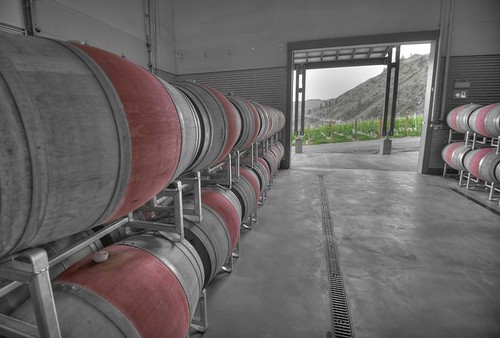
While the winery is not unique in using French oak barrels, the selection process adopted employs a rigorous regime which considers three components: the wine profile desired; the origin of the oak; and the quality of the cooper to best do the job. In other words, the process carefully matches the desired wine profile to the cooperage and barrels.
AGING
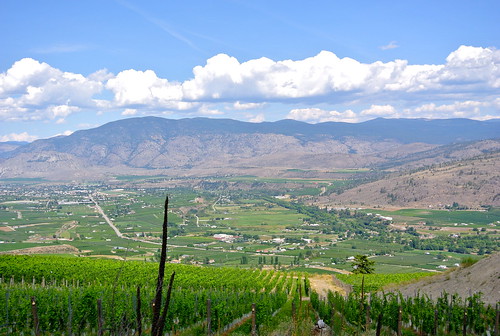
Red Wines: the red wines are matured in French oak barrels for a period of 18-36 months depending on the wine. Further bottle aging of up to 12 months will occur before the wines are released.
White Wines: the Chardonnay is fermented and matured in French oak barrels for a period of 10-14 months followed by up to 8 months in bottle.
The Riesling and Gruner Veltliner will spend 10 months in stainless steel tanks to preserve the freshness of these varietals with an additional two months of bottle aging.
Racking: while many wineries employ a time-based regimen, Culmina employs scientific analysis to determine racking times. Any racking carried out is vintage and lot-dependent, and follows a full array of sensory and scientific tests to determine when and if racking is required.
•••
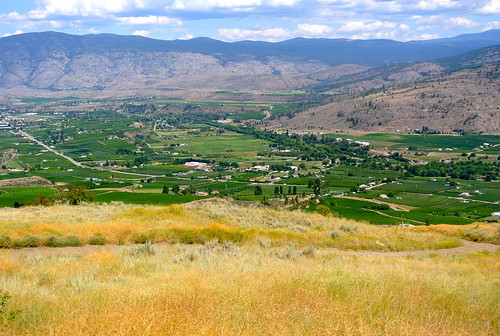
As we finally arrive at the very top of Margaret’s Bench we hop out of Triggs’ pickup truck and soak in one the most spectacular views in the Okanagan Valley.
It’s another hot 35C day in early August but a slight breeze offers a touch of relief.
I ask Triggs to pose for a photo at the highest point of the vineyard, at 595 metres among the highest in the Okanagan, which he does reluctantly. We stand on the rise soaking in the view from Margaret’s Bench.
“I love what I do,” Triggs offers. “There’s something about being on a farm. It’s seeing things grow every year. It’s very invigorating.”
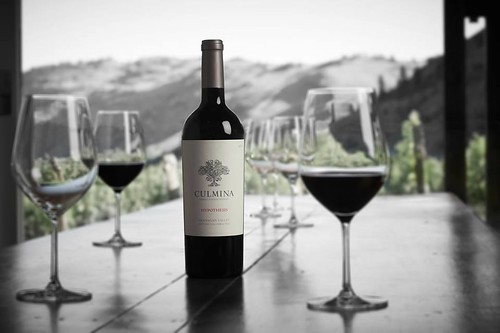
As we make our way down the steep gravel road, Triggs zigs and zags from plantings to plantings. Every vine is meticulously selected for the soil in which it has been planted. I am taken by an unusual planting of dry-farmed Syrah bush vines that are haphazardly planted on the side a steep hill.
Triggs is experimenting with bush vines that will see two years of irrigation and then left to fend for themselves. He calls it an experiment but one that could prove very interesting.
We end our tour in the winery and finally in the tasting room, which was still being worked on during our visit.
We taste the first wines from an initial production of 850 cases spread over three different wines. That number will nearly double with the 2012 vintage with the goal of reaching 12,000 cases by 2020.
Here is what we tasted (wines available at the winery or online):
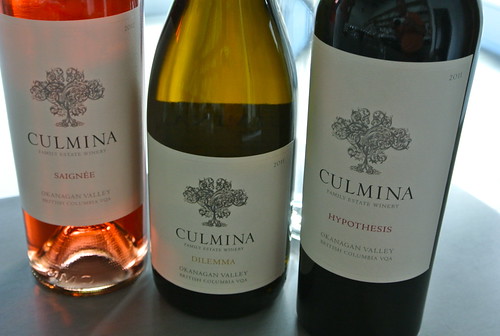
 Culmina Hypothesis 2011 ($48, 91 points) — The focus of the Culmina portfolio will always be the creation of this Bordeaux style blend. The blend consists of three Bordeaux varietals: Merlot, Cabernet Sauvignon and Cabernet Franc. Petit Verdot and Malbec are expected to be included in the 2015 blend. The nose shows fine cassis, bramble bush, violets, cherry-kirsch fruit and toasted oak spices that evolve in the glass. It has an elegant feel in the mouth with nothing overdone. The just-ripe red and dark fruits and vivid spices are delivered on a bed of firm tannins while the firm acidity offers balance and finesse. A wonderful first effort from young vines.
Culmina Hypothesis 2011 ($48, 91 points) — The focus of the Culmina portfolio will always be the creation of this Bordeaux style blend. The blend consists of three Bordeaux varietals: Merlot, Cabernet Sauvignon and Cabernet Franc. Petit Verdot and Malbec are expected to be included in the 2015 blend. The nose shows fine cassis, bramble bush, violets, cherry-kirsch fruit and toasted oak spices that evolve in the glass. It has an elegant feel in the mouth with nothing overdone. The just-ripe red and dark fruits and vivid spices are delivered on a bed of firm tannins while the firm acidity offers balance and finesse. A wonderful first effort from young vines.
Culmina Dilemma 2011 ($26, 90 points) — Made from a small block of 20-year old Chardonnay vines on the Triggs’ family estate, this has a lovely flinty-mineral nose to go with pear, citrus and fine oak undertones. It’s clean and finessed on the palate with everything in balance from the ripe pear-apple fruit to the buttery toast and spice.
Culmina Saignee 2012 ($22, 88 points) — Bleeding off a portion of juice from the Hypothesis must, Culmina’s Saignee has an attractive and fresh nose of red bramble fruit, light strawberry, raspberry and rhubarb with a touch of herbs. The fruit is ripe in the mouth and bolstered by freshening acidity. It finishes perfectly dry.


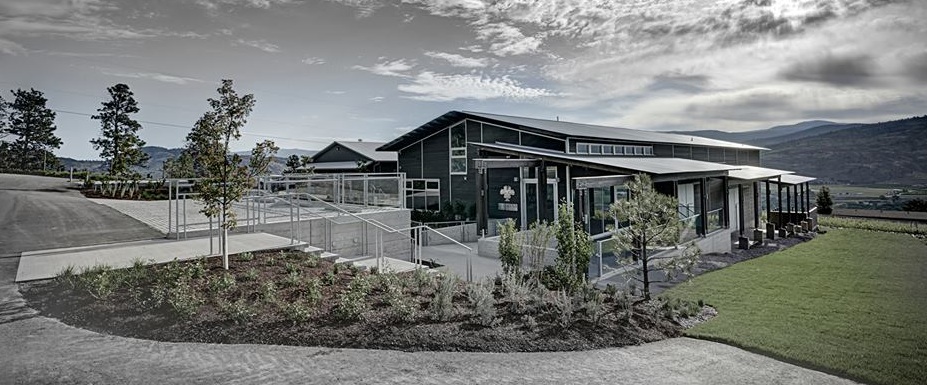



Comment here